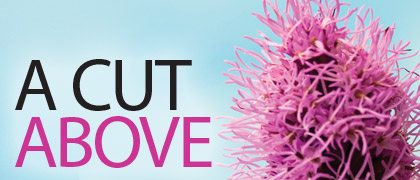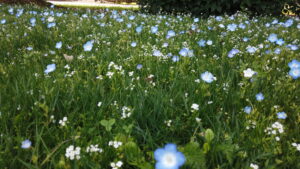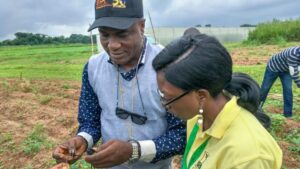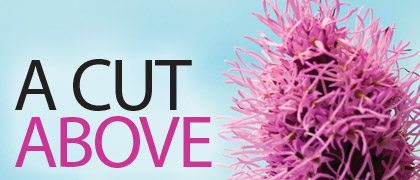
A University of Guelph plant breeder developed a native flower program to increase Canada’s competitiveness when it comes to floriculture.
There are more than 3,000 different species of flowers in Canada and greenhouse managers grow different cultivars of each. “We are extremely diverse,” says Andrew Morse, plant health and trade manager for Flowers Canada Growers.
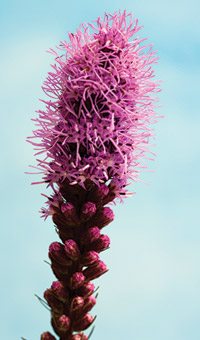
This was the impetus for his native flower breeding program, which got its start in 2005. Sullivan explains that at the time, some nurseries were already marketing native species, but the plants were typically harvested right from nature and sold without any genetic improvement. Sullivan’s program is an important step toward gaining an economical hold on local and export sales.
To start, Sullivan and his team assessed 40 different plants — ranging from trillium and malva to liatris and aquilega — for qualities, including management and growing characteristics, propagation potential, physical characteristics and pest resistance. He focuses on plants that require low inputs for water, light and nutrient intake, which allows commercial greenhouse growers and consumers to reduce their energy inputs and management required to sustain the plants.
An increased interest in horticulture by baby-boomers has a projected outlay of more than $10 billion annually, according to Rumen Conev, of the Vineland Research and Innovation Centre. “This provides a huge opportunity to the green industry, but it has to be prepared to meet the shift in the customer’s preference from purely aesthetic to an environmentally-conscious lifestyle,” he says.
Most recently sets of plants from 20 different species were distributed and planted in three distinct locations with respect to climate and soils. Sites included the Elora Research Station at the University of Guelph, Vineland Research and Innovation Centre and Memorial University of Newfoundland Botanical Garden. Additionally, Sullivan planted eight native species at the Elora station.
Each species was evaluated under conditions with low and high water and low and high fertility levels. Researchers also focused on root architecture and root-shoot ratio. Based on their research, 20 species have been tested for their performance and commercial potential in Canada. More than a dozen genotypes have been recommended for commercial use in Ontario and Newfoundland.
Julie Deering


